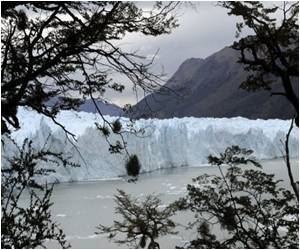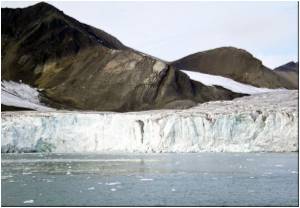Geologic evidence that casts doubt on one of the conventional explanations for how Antarctica's ice sheet began forming was found by a team of scientists from the US and UK.

For several decades, scientists have surmised that the onset of a complete ACC played a critical role in the initial glaciation of the continent about 34 million years ago.
Now, rock samples from the central Scotia Sea near Antarctica reveal the remnants of a now-submerged volcanic arc that formed sometime before 28 million years ago and might have blocked the formation of the ACC until less than 12 million years ago.
Hence, the onset of the ACC may not be related to the initial glaciation of Antarctica, but rather to the subsequent well-documented descent of the planet into a much colder "icehouse" glacial state.
Using multibeam sonar to map seafloor bathymetry, which is analogous to mapping the topography of the land surface, the team led by Ian Dalziel, research professor at The University of Texas at Austin's Institute for Geophysics and professor in the Jackson School of Geosciences, identified seafloor rises in the central Scotia Sea.
They dredged the seafloor at various points on the rises and discovered volcanic rocks and sediments created from the weathering of volcanic rocks.
Advertisement
Using a technique known as argon isotopic dating, the researchers found that the samples range in age from about 28 million years to about 12 million years.
Advertisement
The findings are published online in the journal Geology.
Source-ANI









